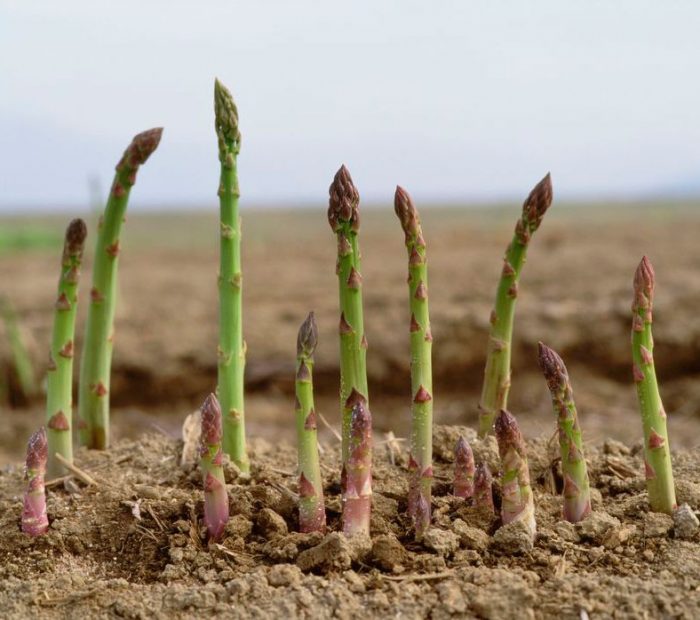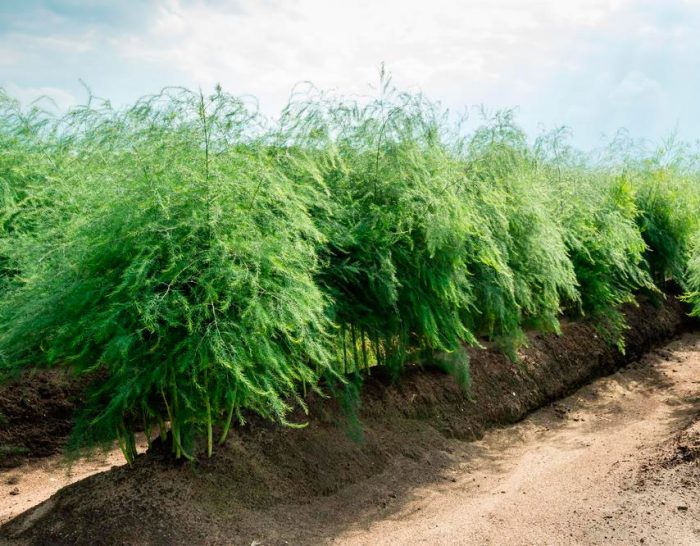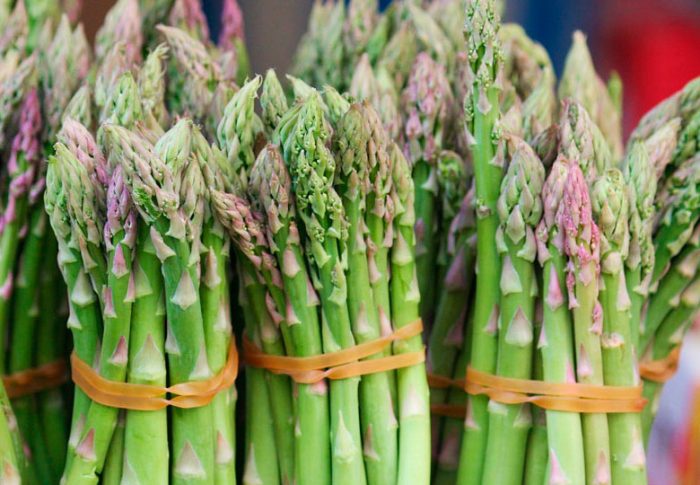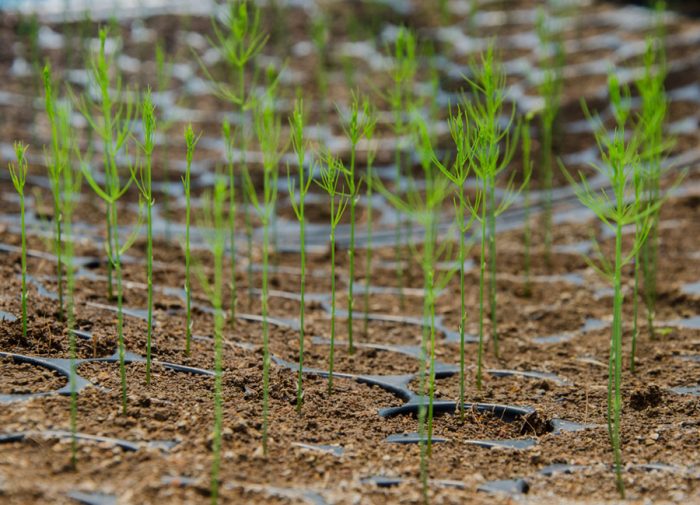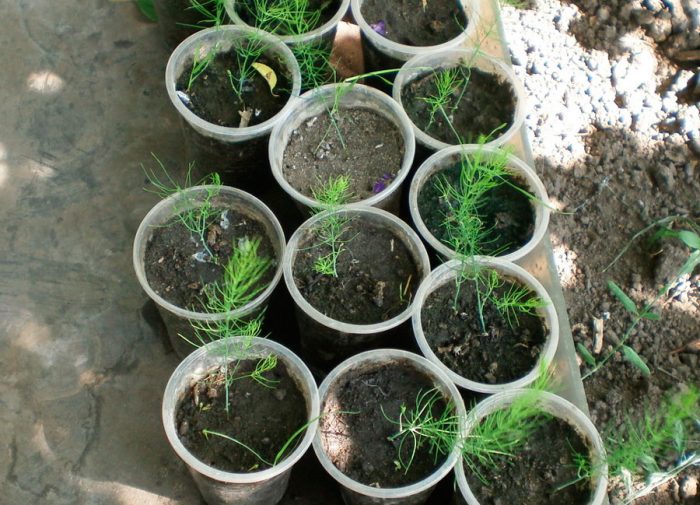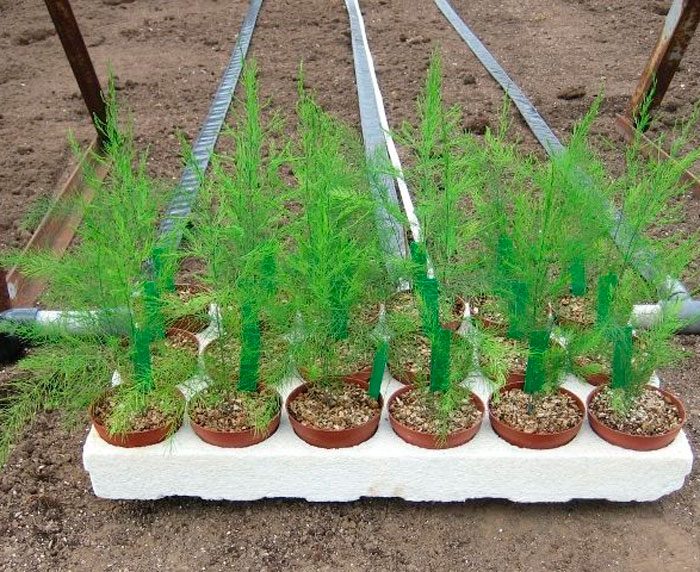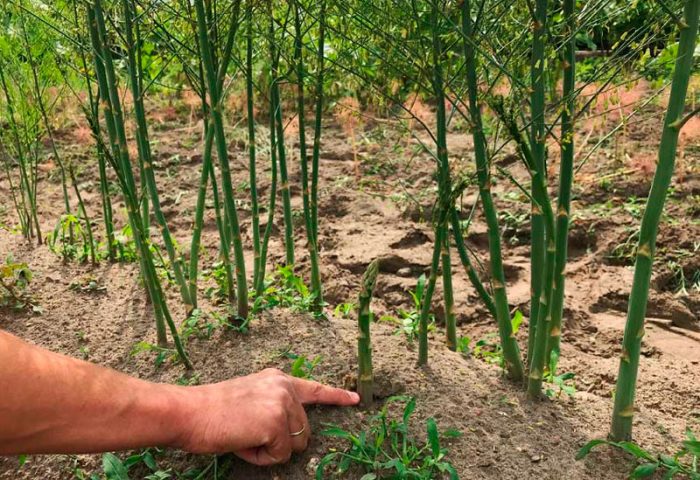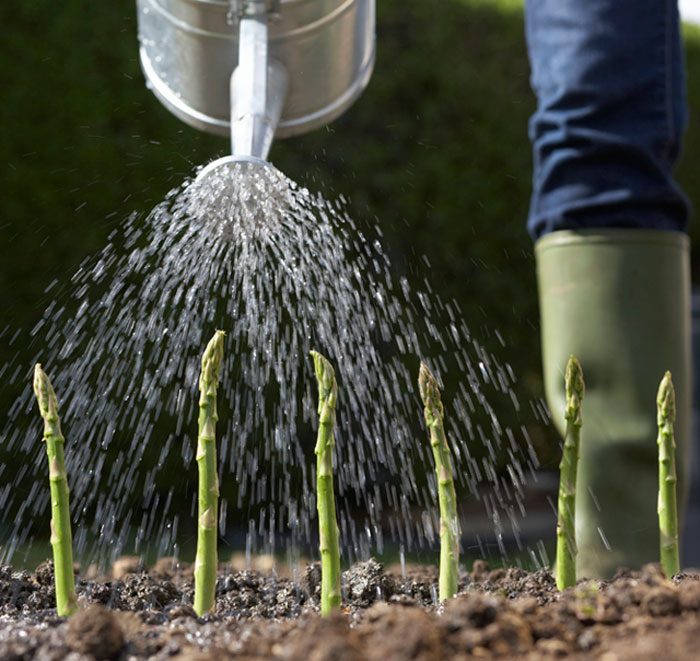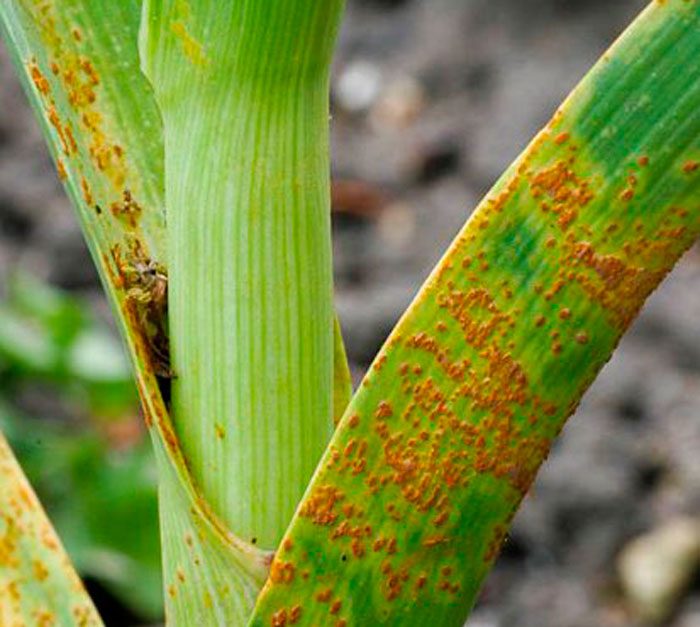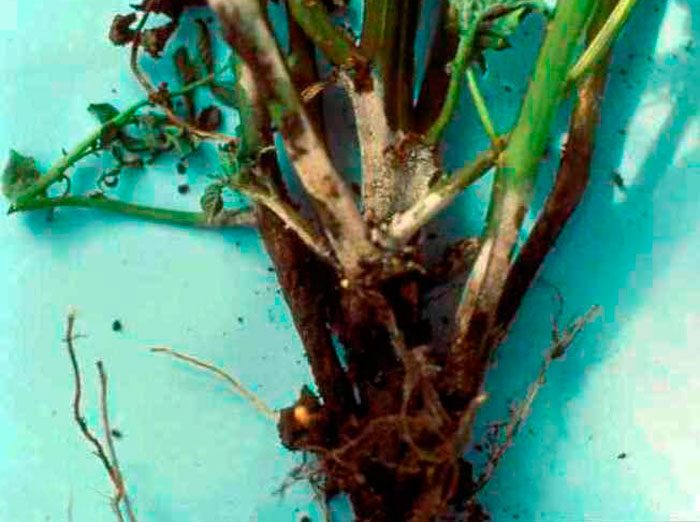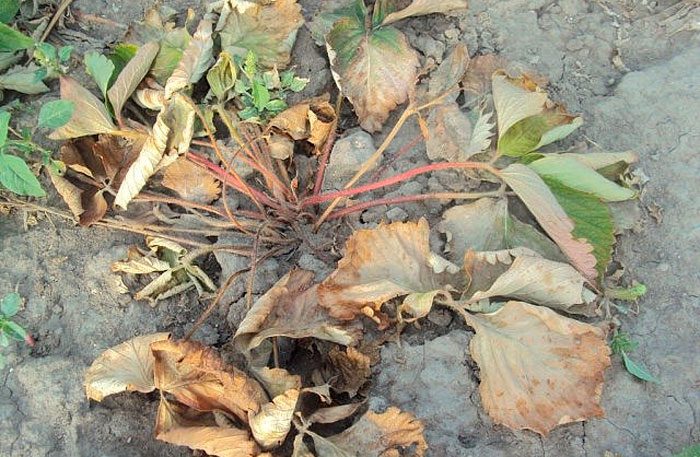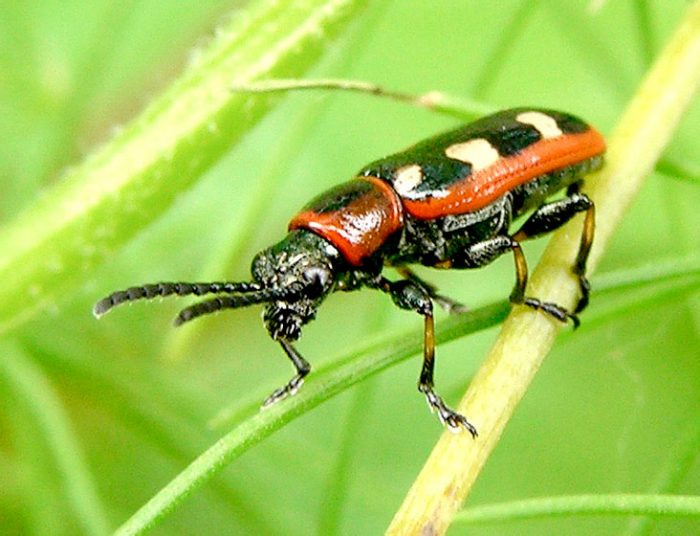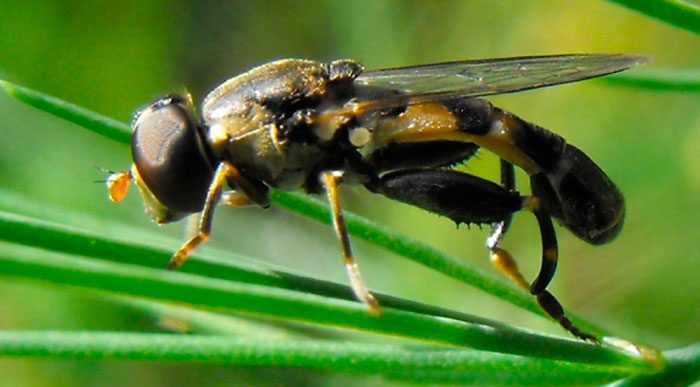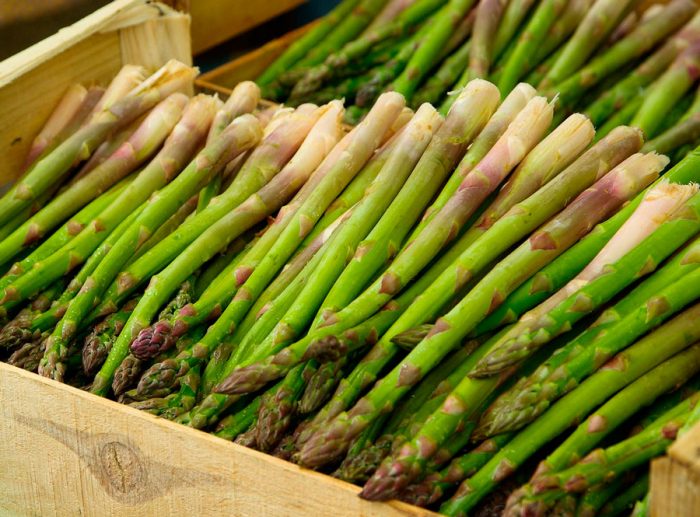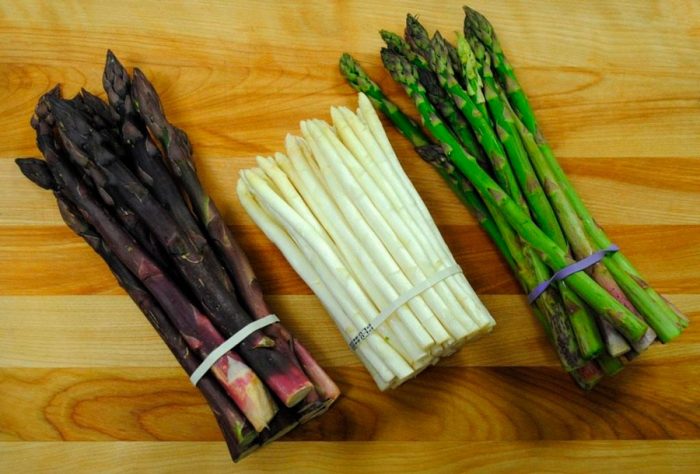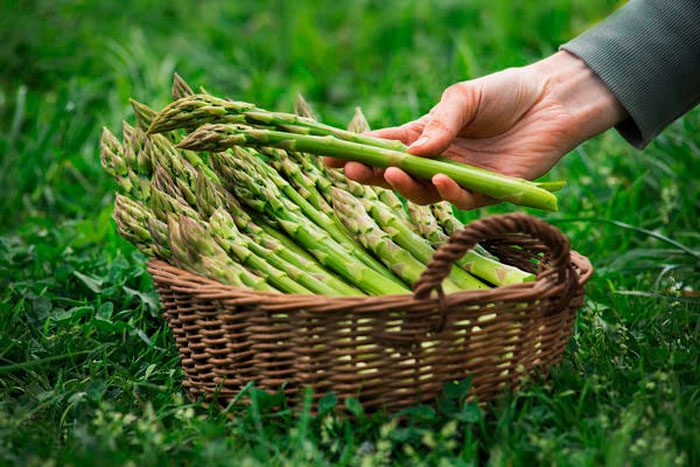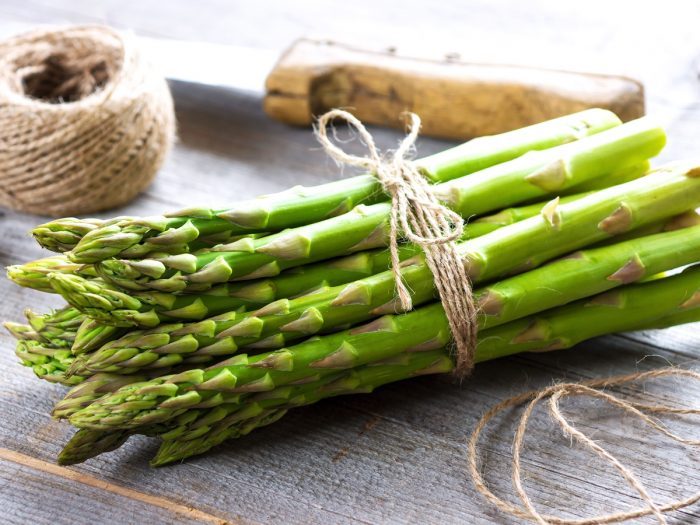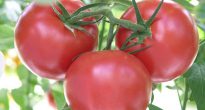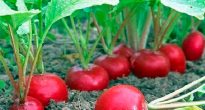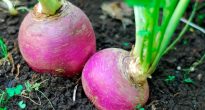The asparagus plant, also called asparagus, is a member of the Asparagus family. This genus unites more than 200 species that can be found in nature in regions with a dry climate. The most popular species is medicinal asparagus. This genus is represented by herbaceous plants and shrubs, which have a developed rhizome, as well as often creeping branchy shoots. Only in a few types of asparagus are the tops of the sprouts considered delicious, namely whorled, medicinal and short-leaved. Asparagus is one of the most expensive, delicious and healthy crops.
Content
Brief description of cultivation
- Landing... Sowing seeds for seedlings is carried out in mid-April, seedlings are transplanted into open soil in the first days of June.
- Illumination... The place should be sunny and open.
- Priming... The soil should be nutritious and rich in sandy loam.
- Watering... After sowing, the first 10 days you need to water abundantly and often, during a drought - watering is carried out every day, and on other days as needed, while it must be borne in mind that the soil in the garden should be constantly slightly damp.
- Fertilizer... After planting the seedlings in open ground, after 7–10 days it is fed with a solution of slurry, after another 20 days - with a solution of bird droppings (1:10), and before frosts come - with full mineral fertilizer.
- Reproduction... Generative (seed).
- Harmful insects... Asparagus flies, aphids, asparagus leaf beetles, scale insects, asparagus rattles, greenhouse thrips.
- Diseases... Root and gray rot, rust, phomosis, cercosporosis.
Features of asparagus
Vegetable asparagus is a perennial. The rhizome of such a plant is developed and powerful, and the shoots are branched. On the branches, many needle-shaped branches are collected in bunches that grow from the sinuses of underdeveloped scaly or thorny small leaf plates, at their base solid spur is formed. Small flowers can be solitary or be part of thyroid or racemose inflorescences, almost all of them grow in leaf sinuses. The fruit is a berry, which contains several or one seed, covered with a thick dark skin.For eating, they use exclusively young shoots that have just grown in the garden. When leaf buds begin to open on the stems, they can no longer be eaten, as they become very tough. Bushes during the peak of fruiting can bring 9-12 stems in 1 season, this amount is enough to prepare 2 full servings of garnish. Since the yield of this plant is low, such a vegetable crop has a very high price. Asparagus is not very popular among gardeners of middle latitudes today.
Growing asparagus from seeds
Sowing seeds
When sowing asparagus seeds in open soil, the seedlings will have to wait a very long time. In this regard, this culture is recommended to be grown through seedlings. Seed material needs mandatory seedbed preparation, which is carried out immediately before sowing. To do this, it is kept in lukewarm water for three to four days, while it should be replaced 2 times at knocks. The swollen seed must be spread out on the surface of a moistened tissue, after which you need to wait until the seeds sprout. Seeds are planted with sprouts from 0.1 to 0.3 centimeters long, while using boxes or pots with a volume of 100-200 milliliters, which should be filled with a substrate consisting of garden soil, rotted manure, sand and peat (1: 1: 2 :1). They are sown in boxes, keeping a distance of 60 millimeters. The seeds are buried in the soil mixture by 0.15-0.2 centimeters, then the container is removed to a sunny place, while the room should be warm (about 25 degrees). It is necessary to water the crops every day. If everything is done correctly, then the first seedlings should appear after 1-1.5 weeks. After the sprouts appear, they are covered with a thin layer of peat. After half a month, the seedlings will need feeding, for this they use a solution of complex mineral fertilizer in a weak concentration.
How to dive correctly
It is only necessary to dive asparagus seedlings if a common box was used for sowing. After the height of the plants reaches 15 centimeters, they should be transplanted into a container of larger volume, while the distance between them should be about 10 centimeters. During transplantation, the root of the seedlings is slightly shortened. When several days have passed after the pick, the asparagus needs to be fed. After another 7 days, the bushes begin to harden, and after the seedlings can be outside around the clock, they are transplanted into open soil.


Watch this video on YouTube
Growing at home
In indoor conditions, only seedlings of such a plant are grown, and then it must be transplanted into open soil. It is very difficult to grow such an edible plant with a strong and long root at home. Indoors, it can only be cultivated as an ornamental plant, while asparagus can only be grown as a vegetable in open soil.
Planting asparagus outdoors
What time to plant
In open soil, asparagus seedlings are planted in the first days of June. In order to get a good harvest of this crop, for planting seedlings, you need to choose a windless sunny area located near the fence or wall. Since this plant reacts extremely negatively to stagnant water in the soil, for planting it should not choose those areas where there is a high occurrence of groundwater. You need to carefully choose a site for planting, since asparagus can be grown in the same place for 20 to 25 years.
Suitable soil
For growing asparagus, a nutritious, rich and sandy loam soil is ideal. The preparation of the site for planting should be done in the autumn.To do this, remove all weeds from it and dig it to a depth of 0.4–0.5 meters, while adding 70 grams of superphosphate, 15–20 kilograms of compost and 40 grams of potassium sulfate per 1 square meter of land. In spring, as soon as the snow cover melts, the surface of the site must be harrowed, while at the same time 60 grams of wood ash and 20 grams of ammonium nitrate must be added to the soil per 1 square meter of the garden.
Open ground planting rules
Before proceeding with planting asparagus seedlings on a prepared bed, you need to make planting holes, the depth of which is 0.3 m, and the width is 0.4 m, while the distance between them should be about 1 m.In the groove, the bottom must be loosened to a depth of 15 to 20 centimeters. After that, loose soil should be poured onto the bottom with a slide, while its height should be such that it reaches the edges of the hole. It is necessary to install a plant on this mound, while it is necessary to first shorten the root to 30–40 mm, then the hole must be filled with soil, which is tamped and watered. When the liquid is completely absorbed, the surface of the pit is covered with a layer of mulch (dry soil).
Asparagus care
Asparagus is a non-capricious plant. You need to take care of it in the same way as for many other garden crops. It must be watered, weeded, fed in a timely manner, as well as loosened the soil surface between rows and around bushes. The soil should be loosened to a depth of 60 to 80 millimeters, while trying not to injure the plant roots. It is recommended to grow green crops between the rows for the first 2 years.
How to water
The first 10-15 days after planting seedlings in open soil, she should be provided with abundant and frequent watering. Then the volume of water used for irrigation must be reduced, and this procedure must be carried out more rarely. During a prolonged drought, it is necessary to water the garden every day, it should be borne in mind that the soil on the site must be constantly slightly moist, otherwise the stems will be fibrous and acquire a bitter taste.
Fertilizer
In order for the stems to grow faster, when the bed is weeded for the first time, a solution of slurry is introduced into the soil: for its preparation, slurry and water are combined (1: 6). After 20 days, the bushes will need feeding with a solution of bird droppings: you need to mix water and droppings in a ratio of 10: 1. The last time the asparagus is fed before the onset of the first frost, a solution of complex mineral fertilizer is used for this.
If, before planting the seedlings in open soil, all the necessary fertilizers were introduced into it, then they begin to feed the bushes only from the second year of growth.


Watch this video on YouTube
Diseases and pests of asparagus
Asparagus diseases
Asparagus is highly resistant to disease, but in some cases it can be problematic. Most often, such a culture suffers from the following diseases:
Rust
This is a fungal disease that develops in 4 stages. In the affected bushes, there is a lag in development, they practically do not give stems. In the last weeks of the summer period, the bushes turn yellow ahead of time, and their growing season ends very early, while the root system does not have time to form, and buds do not have time to form at the base of the shoots, and this has an extremely negative effect on the future harvest. As a rule, those bushes that grow in areas with moisture-permeable soil, as well as with a high occurrence of groundwater, are susceptible to this disease. Also, the disease begins to develop rapidly in rainy, damp weather.
Rhizoctonia
This disease usually affects root crops, especially carrots. Asparagus bushes rarely get sick with this disease.
Fusarium (root rot)
This very dangerous disease affects many cultures. It actively develops at high soil moisture.
Pests
Such a culture is also distinguished by a very high resistance to harmful insects, however, it can settle on bushes:
Asparagus leaf beetle
Such a pest was introduced from Western Europe along with this crop. This beetle is dark blue in color with a red border on its back. It eats flowers, fruits and greens of asparagus. Its appearance occurs in the spring, however, since the middle of the summer period, the largest number of pests is observed.
Asparagus fly
This small pest of brown color has a yellow head, limbs and antennae, while it uses asparagus stalks for food, the fly gnaws many moves in them. Over time, there is a curvature of the stems, their wilting and dying off.
Asparagus processing
In order to prevent various diseases in spring and autumn, the bushes are treated with a solution of Bordeaux mixture or another fungicidal drug, for example: Topaz, Fitosporin or Topsin M. you can use another drug from this range, which can be bought in a specialized store. Plant processing should be started immediately after the first harmful insects are found. However, in order to get rid of the pests completely, it is necessary to systematically inspect the site, while the found clutches of eggs must be destroyed. You also need to remove the weed from the garden in a timely manner and you should promptly destroy the dead parts of the bushes.
Collection and storage of asparagus
Cutting off asparagus shoots can be started from the third year of growth, the fact is that during the first 2 years the root system develops. Cutting the stems suitable for human consumption is carried out in May before the opening of their heads, while you need to carefully remove the soil in the place where a crack appeared in the garden. After cutting, hemp should remain, which reach a height of 10–20 mm. The cut is carried out in the morning or evening, they do it every day or once every 2 days. During the first year of cutting, it is not recommended to take more than 5 stems from one bush, otherwise this can lead to a strong weakening of the asparagus. As the bushes mature, about 30 stems can be cut from each of them during the season.
The shoots are wrapped in a damp cloth and then placed on a refrigerator shelf, where they can be stored from 0.5 to 4 months (depending on storage conditions and plant variety). When storing asparagus in the refrigerator, it is not recommended to put strong-smelling foods, otherwise it will quickly absorb them. The stems should be placed vertically in the refrigerator, because if they lie horizontally, they will deform.
Types and varieties of asparagus
Asparagus has 3 varieties:
- Green asparagus... This variety is the most popular; it was cultivated for medicinal purposes even in Ancient Rome.
- White asparagus, or bleached, or etiolated, or chlorophyll-free. The appearance of this species occurred at the beginning of the 19th century. In those days, it was Moscow that was the center of forcing and cultivation of bleached asparagus.
- Purple, or red asparagus. This variety is the rarest, its taste is not quite usual, slightly bitter. Its shoots turn green during heat treatment.
Varieties are also distinguished by the ripening period. Several varieties of asparagus that can be grown outdoors in mid-latitudes are described below:
- Early yellow... Such an early variety of Russian selection is distinguished by yield and disease resistance. Delicate stems have a yellow dense head, as well as white flesh.
- Gainlim... This foreign early-ripening variety has many tall stems of high quality.
- Mary Washington... This American mid-early variety grows well in mid-latitudes. Large, thick stems can be colored purple to red.The color of the heads in bright light can change to green.
- Argentelskaya... Such a mid-early variety is foreign, it was modified by Russian breeders. The color of the stems is pinkish-white, but in bright light it can change to purple-green. The tender and juicy flesh is whitish-yellow in color.
- Tsarskaya... The medium-ripening variety is resistant to drought, frost, pests and diseases. The green stems are needle-shaped.
- Glory of Braunschweig... This late-ripening variety has many stems with a juicy white flesh, which are well suited for conservation.
Asparagus properties: harm and benefit
Useful properties of asparagus
Asparagus is a delicacy product, and it also contains a large amount of vitamins K, A, C, E, PP, group B, as well as folic acid, dietary fiber, copper, sodium, iron, phosphorus, magnesium, selenium, potassium, manganese and other elements. It is perfect for fasting days, as it is a low-calorie product. The beneficial substances included in the composition help to strengthen bones, form connective tissues, improve the functioning of the liver, kidneys and heart, and have a beneficial effect on the hematopoietic process.
It is recommended to include asparagus in the diet during pregnancy, as it contains a large amount of folic acid. People who have had a heart attack are shown an asparagus diet, since this plant contains asparagine, which helps to normalize the heart, dilate blood vessels and lower blood pressure. Another part of this culture is coumarin, which stimulates the work of the heart, and also helps to cleanse the blood and prevents the appearance of blood clots in the vessels. Asparagus also helps to eliminate toxins and toxins from the body, for example: chlorides, phosphates and urea. It has a tonic effect on the kidneys, bladder, and the entire excretory system as a whole. Such a plant is also used for cosmetic purposes, its juice contributes to nutrition, cleansing and softening of the skin, and with the help of it, small warts and calluses are removed.


Watch this video on YouTube
Contraindications
There is evidence that due to the prolonged use of asparagus in the body, there is an accumulation of oxalic acid salts, and if a person has a genetic predisposition, this can cause the development of urolithiasis. And other experts argue that such a plant helps to prevent the development of urolithiasis, since it has a strong diuretic effect. Asparagus is not recommended for people with gastrointestinal diseases, as it contains saponin, which irritates the gastric mucosa. This product is also not recommended for use with cystitis, articular rheumatism, prostatitis and individual intolerance.

